As Greater omentum is a duplication of the peritoneum that is rich in adipose tissue. The structure plays an important role for the immune defense in the abdominal region.
What is greater omentum?
The greater omentum is also called Big network, Intestinal network, Belly mesh or Gastrolic omentum known. What is meant is a structure that is covered by connective tissue and fat. It hangs down like an apron from the large curvature of the stomach and the part of the large intestine that runs transversely (Colon transversum). The greater omentum usually completely covers the loops of the small intestine.
One of the tasks of the Great Network is the immune defense of the abdomen. It is also known as the "abdominal policeman". It is also important for the storage of fat and plays a role in regulating the fluid balance in the peritoneal cavity (peritoneal space).
Anatomy & structure
Similar to an apron, the greater omentum hangs down from the major curvature of the stomach and the transverse colon. The ventral side of the abdominal organs is covered by it up to approximately the umbilical cavity.
This is especially true of the small intestine (intestinum denue). On the left side of the body, there is a transition to the gastric ligament. The great network is crossed by various lymph vessels. It also has good blood circulation.
The development of the greater omentum in the human body goes back to the third embryonic month. This leads to the formation of fissures in the dorsal mesentery. The recessus pneumato-entericus dexter is formed through them. This first creates a connection between the abdominal cavity and the chest.
The diaphragm on the upper side ensures its closure. The rotation of the stomach as well as the movement of the dorsal mesentery ensure the formation of the omental bursa on the right side. This pocket, which is open on the right side, finally comes to a standstill behind the stomach. It acts as a shifting layer for the stomach and ensures that it can move freely. When a person's physical development is complete, there is a large peritoneum niche in the peritoneum cavity.
On the front, the greater omentum is bounded by the lesser omentum, the gastrocolic ligament and the stomach. On the posterior side, the parietal peritoneum delimits the structure. On the upper side there are bulges in the form of the superior recess. This runs between the esophagus and the inferior vena cava under the liver. In the lower direction, the inferior recess is located between the transverse bowel and the stomach. There is a connection to the free abdominal cavity through the vestibulum bursae (atrium of the pocket) and the foram epiplocicum.
The greater omentum is divided into three structures. These are the gastrolic ligament (gastric-colon ligament), the gastrosplenic ligament and the gastophrenic ligament. The gastrolic ligament extends between the great curvature and the transverse colon (colon transversum), while the gastrosplenic ligament extends between the great curvature and the splenic hilum. The course of the gastrophrenic ligament extends from the gastric fundus to the diaphragm.
Function & tasks
The greater omentum performs three functions. The abdominal network plays an important role in the immune system because it has a large number of leukocytes and macrophages. In the event of an inflammation, these lie on the affected areas and, by sealing, provide protection against dangerous peritonitis, which occurs due to a breakthrough of pus and intestinal contents.
The intestinal network is also important for regulating the fluid balance within the peritoneal cavity. Thanks to its extensive surface, it ensures the balance of the liquid. The greater omentum also takes part in the absorption and release of the peritoneal fluid in the peritoneum space. In addition, the belly network acts as an important store of fat. In people who are obese-prone, it can often be expanded into a fat plate that is a few inches thick.
You can find your medication here
➔ Medicines for stomach ailments and painDiseases
The greater omentum can be affected by various diseases. Normally, the flexible fat apron is able to mask and cover inflammation.
It also sticks the peritoneum together. However, this has the consequence that scars and adhesions can develop. In medicine, these are called adhesions. In most cases, these adhesions are caused by surgical interventions inside the abdomen. Although surgery uses different substances and drugs to avoid the formation of adhesions, this is not always successful. However, the adhesions are less common in minimally invasive operations.
The most common causes of adhesions to the abdominal network include gynecological interventions, surgical removal of the appendix, and a rupture of the stomach or intestines. In severe cases, strands of adhesions form that run through the abdomen and resemble a cord. The cords run the risk of pinching the bowel, which in turn leads to an intestinal obstruction. The entrapment of the intestinal loops is noticeable through severe pain in the abdominal region. Cramps as well as stool irregularities, diarrhea and constipation are possible. Surgery is usually required for treatment.
It is not uncommon for the greater omentum to enter into fracture gaps in the area of the abdominal wall. The most common hernias of the abdominal cavity include incisional hernias, inguinal hernias and umbilical hernias. There is a risk that the intestinal network will be trapped in a hernia and circulatory disorders will occur. As part of an operation, the surgeon often has to remove parts of the greater omentum in addition to the inflamed organ.

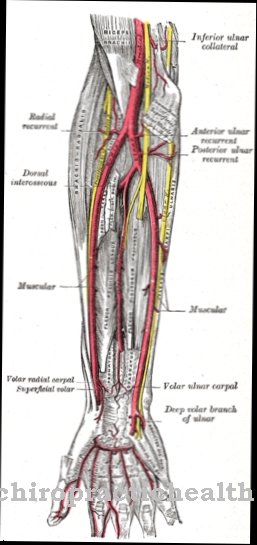
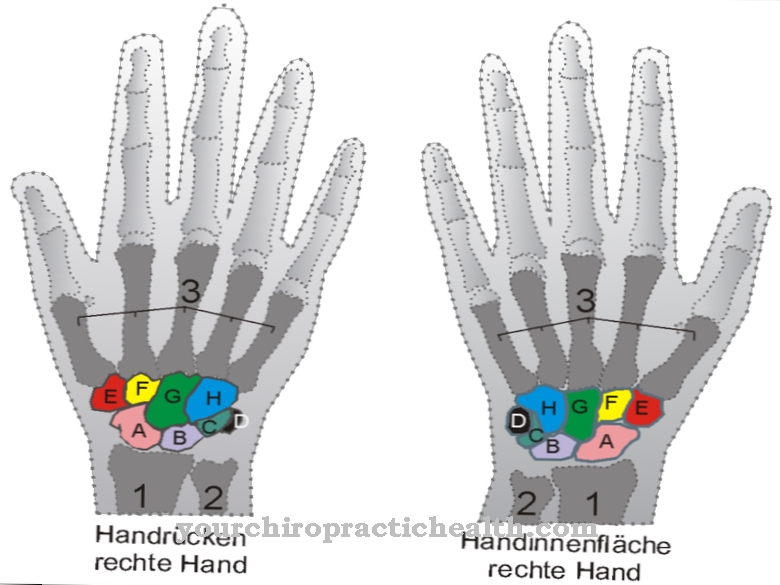
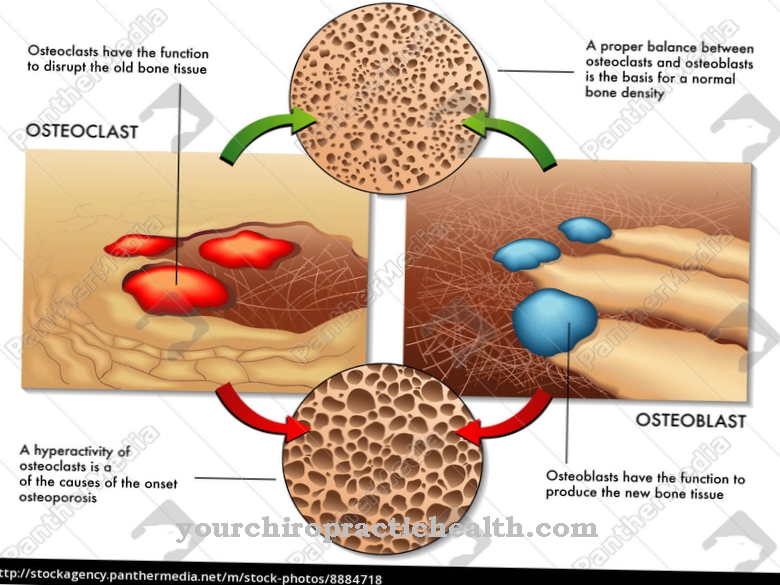
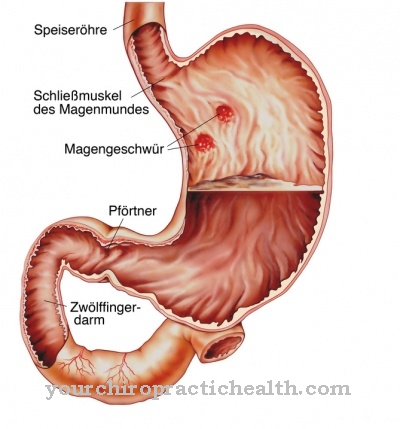

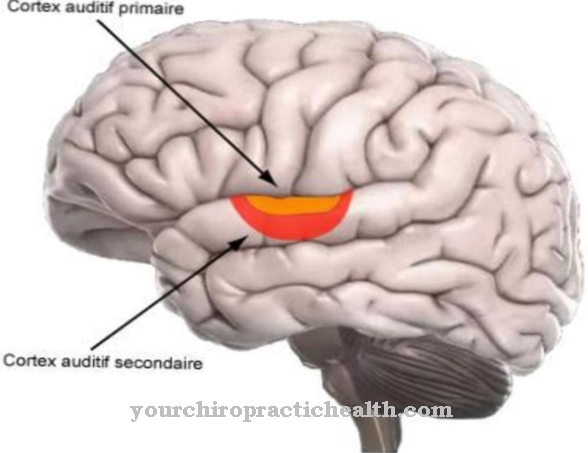


















.jpg)


